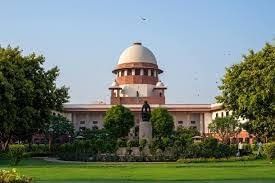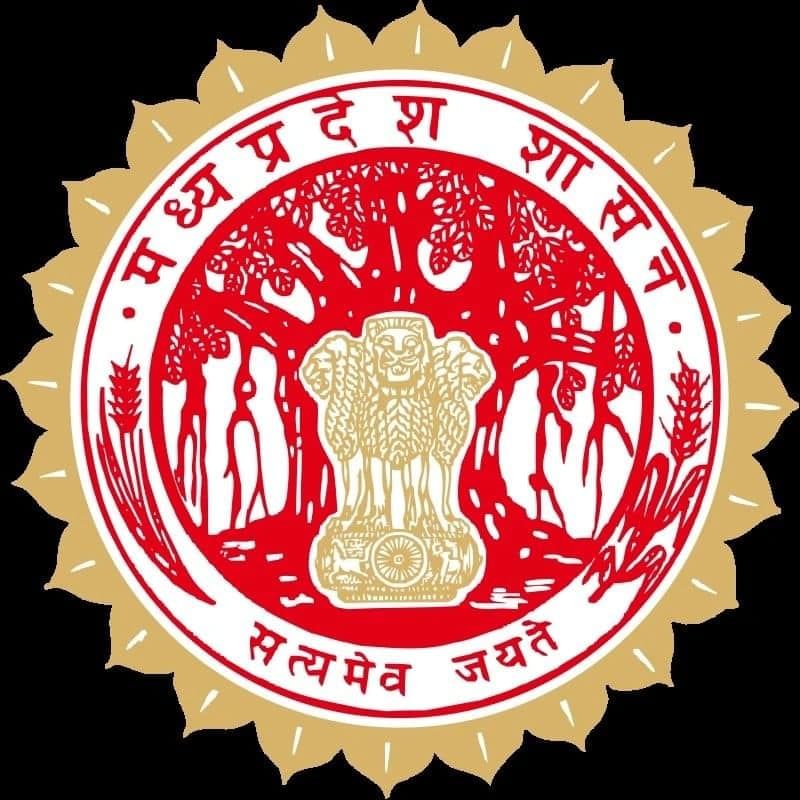Major Legal Judgements for Law of Torts 2024-2025 | Legal Reasoning for CLAT PDF Download
1. Omkar Ramchandra Gond v. Union of India

Date of Judgment/Order: 12.09.2024
Bench Strength: Two Judges
Composition of Bench: Justice Hima Kohli and Justice Ahsanuddin Amanullah
Case In Brief:
- Omkar, a truck driver, died when his vehicle crashed into a tree on a national highway due to bad road conditions.
- His family demanded compensation, claiming the National Highways Authority of India (NHAI) was negligent in road maintenance.
- The High Court sided with NHAI, but the family appealed to the Supreme Court.
- This widely reported case examined if the government is liable for accidents caused by poorly maintained roads under tort law’s negligence principles.
- It also explored vicarious liability for actions of public authorities like NHAI.
Verdict:
- The Supreme Court reversed the High Court’s decision, holding NHAI liable for negligence.
- It ruled that the government must ensure safe highways, and failure to do so requires compensation.
- The family was awarded compensation with 7% interest, highlighting the importance of public safety.
Relevant Provision:
- Article 21 of the Constitution of India, 1950 – Guarantees the right to life and personal liberty, including safe public infrastructure like roads.
- Tort law principle of negligence – A duty of care exists to prevent harm, and breach of this duty results in liability.
2. Devi Singh v. Smt. Seema & Ors.
Date of Judgment/Order: 18.07.2024
Bench Strength: Two Judges
Composition of Bench: Justice B.V. Nagarathna and Justice Augustine George Masih
Case In Brief:
- Devi Singh was injured in a car accident caused by another driver’s reckless driving.
- The trial court awarded him compensation, but the High Court reduced it, saying Devi was partly to blame (contributory negligence).
- Devi appealed, arguing the High Court wrongly mixed up contributory negligence with composite negligence (where multiple parties are at fault).
Verdict:
- The Supreme Court corrected the High Court’s mistake and restored the full compensation.
- It explained that in composite negligence, all wrongdoers are fully liable, but contributory negligence reduces compensation only if the victim’s fault is proven.
- The ruling stressed clear evidence to avoid unfair reductions, making it a key case for accident claims.
Relevant Provision:
- Section 110 of the Motor Vehicles Act, 1988 – Sets up tribunals to handle accident compensation claims.
- Tort law principles of composite and contributory negligence – Determines fair allocation of damages in multi-party fault cases.
3. Jameela v. State of Madhya Pradesh

Date of Judgment/Order: 15.09.2024
Bench Strength: Two Judges
Composition of Bench: Justice J.B. Pardiwala and Justice R. Mahadevan
Case In Brief:
- Jameela’s husband died due to medical negligence during surgery at a government hospital.
- She sued the state and doctors for not providing proper care, leading to his death.
- The trial court rejected her claim, but the High Court partially agreed with her.
- The case, widely reported due to public hospital accountability issues, was reviewed by the Supreme Court to check liability for medical errors under tort law.
Verdict:
- The Supreme Court held the doctors and state liable for gross negligence.
- It ruled that public hospitals have a duty to provide proper care, and breaches must be compensated under tort law.
- Jameela was awarded damages, with the Court noting that obvious negligence doesn’t always require expert proof.
Relevant Provision:
- Bolam Test (adapted in India) – Medical negligence is proven if care falls below what a reasonable doctor would provide.
- Tort law principle of vicarious liability – Employers (like the state) are liable for employees’ negligent actions.
4. Kamal Dev Prasad v. Mahesh Forge
Date of Judgment/Order: 29.04.2025
Bench Strength: Single Judge
Composition of Bench: Justice Sudhanshu Dhulia
Case In Brief:
- Kamal, a worker at Mahesh Forge, lost four fingers on his left hand in a machine accident.
- He claimed full disability compensation under the Employees’ Compensation Act, 1923.
- The Compensation Commissioner awarded 100% disability compensation, but the High Court cut it to 34% based on the law’s schedule.
- Kamal appealed to the Supreme Court, questioning if courts must follow the law’s fixed percentages or can consider the injury’s impact on earning capacity, especially for manual workers.
Verdict:
- The Supreme Court ruled that courts aren’t bound by the Act’s fixed percentages for disability.
- They can assess how the injury affects a worker’s job and earnings.
- Kamal’s disability was set at 70%, and his compensation was increased for fairness.
Relevant Provision:
- Section 4 of the Employees’ Compensation Act, 1923 – Provides compensation for injuries causing death, permanent or temporary disability, based on the injury’s impact on earning capacity.
- Tort law principle of negligence – Employers must ensure safe working conditions to avoid liability.
5. The Royal Sundaram Alliance Insurance Co. Ltd. v. Honnamma & Ors.
Date of Judgment/Order: 05.05.2025
Bench Strength: Two Judges
Composition of Bench: Justice Hrishikesh Roy and Justice Prashant Kumar Mishra
Case In Brief:
- Honnamma’s family member died in a road accident while riding in an uninsured trailer attached to a tractor insured by Royal Sundaram.
- The Motor Accidents Claims Tribunal ordered the insurer to pay compensation, and the High Court agreed.
- The insurer appealed, arguing they weren’t liable because the trailer wasn’t insured.
Verdict:
- The Supreme Court dismissed the appeal, ruling that the tractor’s insurer is liable for accidents involving an uninsured trailer since the tractor caused the crash.
- This ensures victims get compensation without technical insurance barriers.
- The decision became a benchmark for accident liability cases.
Relevant Provision:
- Section 147 of the Motor Vehicles Act, 1988 – Insurance policies must cover death or injury in vehicle accidents (except free passengers in goods vehicles) and property damage up to a limit.
- Tort law principle of vicarious liability – Insurers may be liable for actions linked to insured vehicles.
6. Delhi Pollution Control Committee v. Lodhi Property Co. Ltd. & Others
Date of Judgment/Order: 04.08.2025
Bench Strength: Two Judges
Composition of Bench: Justice Abhay S. Oka and Justice Ujjal Bhuyan
Case In Brief:
- The Delhi Pollution Control Committee (DPCC) issued notices to Lodhi Property for violating pollution rules and harming the environment.
- DPCC demanded compensation and bank guarantees for the damage caused.
- Lodhi Property challenged this in the High Court, which ruled DPCC lacked authority to impose such payments under the Water and Air Acts.
- DPCC appealed to the Supreme Court, a case widely reported due to environmental concerns.
Verdict:
- The Supreme Court overturned the High Court, ruling that Pollution Control Boards can impose compensation for environmental damage under the Water and Air Acts.
- It stressed that such actions must be fair, transparent, and follow due process, not act as punishment.
- The ruling became significant for environmental tort cases.
Relevant Provision:
- Section 33A of the Water (Prevention and Control of Pollution) Act, 1974 – Allows boards to issue orders to prevent or control pollution, including industry regulation.
- Section 31A of the Air (Prevention and Control of Pollution) Act, 1981 – Grants similar powers for air pollution control.
- Tort law principle of public nuisance – Harm to the public, like environmental damage, can lead to liability.
|
63 videos|172 docs|37 tests
|
FAQs on Major Legal Judgements for Law of Torts 2024-2025 - Legal Reasoning for CLAT
| 1. What is the significance of the case Omkar Ramchandra Gond v. Union of India in the context of legal jurisprudence? |  |
| 2. How does the case Devi Singh v. Smt. Seema & Ors. illustrate the principles of family law? |  |
| 3. What legal principles were established in Jameela v. State of Madhya Pradesh regarding criminal law? |  |
| 4. In what way does the case Kamal Dev Prasad v. Mahesh Forge contribute to contract law? |  |
| 5. What are the implications of the ruling in The Royal Sundaram Alliance Insurance Co. Ltd. v. Honnamma & Ors. for insurance law? |  |















